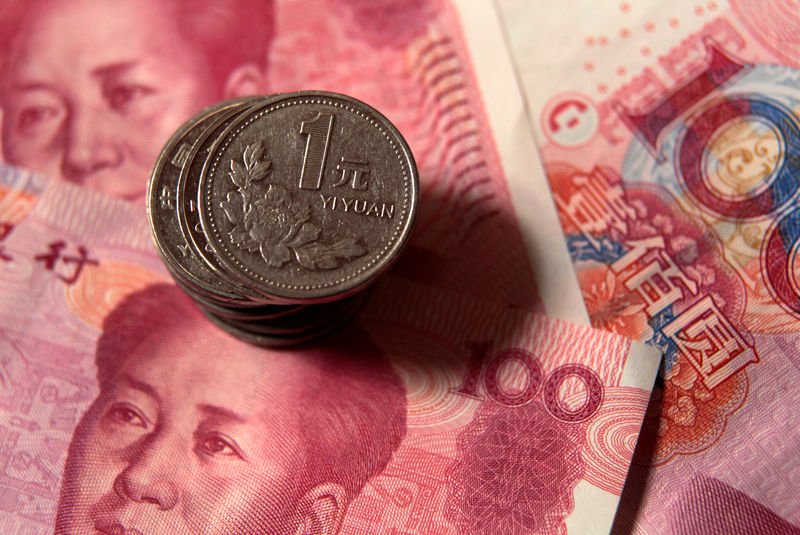By Ambar Warrick
Investing.com-- Most Asian currencies rose slightly on Friday, although sentiment remained under pressure from a hawkish Federal Reserve, with focus now turning to upcoming U.S. payrolls data for more cues on the U.S. economy.
China’s yuan was among the best performers in early trade, rising 0.3% from a near 15-year low hit earlier in the week. The offshore yuan jumped 0.5% from a record low.
But the yuan was set to close the week 0.7% lower, after China dismissed rumors that the country plans to scale back its policy on COVID-19 restrictions by next year.
The zero-COVID policy is at the heart of China’s economic woes this year, and has ground economic growth to a halt this year. Rumors over its possible reversal spurred a brief rally in Chinese markets this week.
The dollar retreated slightly on Friday, but stayed close to a two-week high after the Federal Reserve hiked interest rates as expected. The central bank forecast U.S. interest rates to peak at a higher level than initially expected, which is set to boost the greenback in the coming months.
The dollar index fell 0.2%, as did dollar index futures. But both instruments were set to add nearly 2% this week, their best gain since mid-September.
Focus is now on U.S. nonfarm payrolls data for October, due later in the day. While the reading is expected to show growth in the jobs market eased slightly from the previous month, any signs of resilience in the space is likely to give the Fed enough economic headroom to keep raising interest rates.
The Japanese yen rose 0.2%, taking some near-term support from weakness in the dollar. Data also showed that Japan’s services sector grew at its fastest pace in four months in October, helped by the withdrawal of most COVID-related curbs.
But the yen was set to break a two-week gaining streak as a widening gulf between Japanese and U.S. interest rates kept short bets high.
Among Southeast Asian currencies, the Philippine peso jumped 0.8% after data showed inflation grew far more than expected in October. The reading is likely to invite more interest rate hikes by the Philippine central bank, boosting the peso.
The currency was also one of the worst performers this week, down more than 1%.
The Australian dollar jumped 0.8%, recovering from a near two-week low. But the currency was also set to lose more than 1% this week after the Reserve Bank struck a somewhat dovish tone at its latest meeting.
